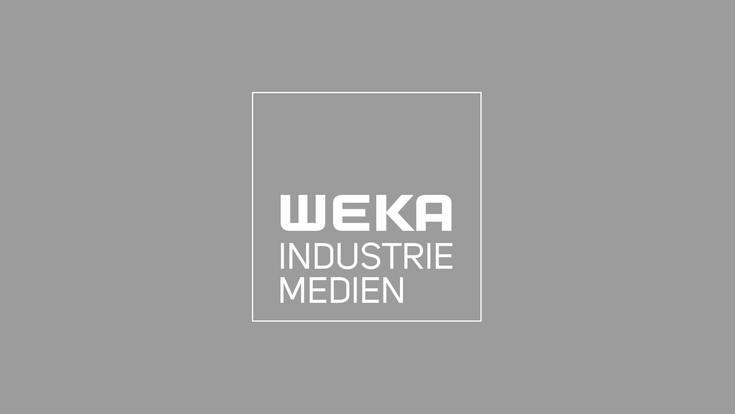Bright Future for Waste to Energy as Part of a Circular Economy : Electricity, Heat and Fuels - ESWET’s Waste-to-Energy Vision for 2050

Trade association, the European Suppliers of Waste-to-Energy Technology (ESWET), has unveiled its vision for ‘Waste-to-Energy 2050: clean technologies for sustainable waste management’.
The document presents the waste-to-energy plant of the future, and explores the role of the industry in future waste management systems in Europe and beyond.
ESWET noted that the vision follows the World Bank’s predictions that by 2050 waste generation will increase by 60% worldwide, and that and Eurostat’s figures show that 24% of municipal waste is still landfilled today in Europe. This, said the organistion, demonstrates the need to roll out globally sound waste management technologies, including waste-to-energy, to improve recycling and recovery and reduce dumpsites.
ESWET’s Vision demonstrates how waste-to-energy technologies from European suppliers are ready to contribute to low-carbon energy systems and circular societies in the EU and on a global scale.
In fact, according to ESWET, waste-to-energy plants will take care of the fraction of waste that cannot be directly recycled, preventing it from being landfilled and thus saving huge amount of greenhouse gas emissions.
Moreover, the delivery of alternative fuels, such as hydrogen, from waste-to-energy plants will enable industry and transport sectors to further decarbonise.
From households to industries, shopping centres and greenhouses, the organisation said that the number of facilities heated and cooled by the energy recovered from waste will constantly grow. Similarly, the roads we walk along and the buildings we live in will be more and more made of secondary raw materials from the plants’ ashes.
The Vision sees waste-to-energy plants being increasingly integrated into the urban fabric and generating multiple opportunities for citizens, while safeguarding the environment. Their large scale will allow to integrate sport centers (such as ski slopes, rock climbing gyms, skate parks, tennis courts, outdoor swimming pools, etc.) and edutainment activities to raise citizens’ awareness of waste management.
The ESWET Vision 2050 was been officially launched in Brussels in front of almost 150 people from the waste management and energy sector as well as the European Parliament, European Commission and Member States permanent representations. The event has been hosted jointly with ESWET’s sister association CEWEP, the Confederation of European Waste-to-Energy plants, which launched its sustainability roadmap towards a circular economy in 2035.
“Our industry has made giant leaps towards sustainability in the past decades,” ESWET President Edmund Fleck said. “We see a bright future for Waste-to-Energy, where all by-products of our industry will be sent back to the economy, in a low-carbon, circular way,” he added.
“We need policy support for that future to become reality and such policies must ensure that basic waste management principles such as the waste hierarchy are safeguarded and a low carbon and clean circular economy emerges,” Fleck continued.
“Sound planning of waste treatment capacity is key to establish waste-to-energy as a sustainable waste management option anywhere,” he concluded.
For more on ESWET’s Vision and a Roadmap launched by CEWEP at the event, don’t miss the next issue of WMW – subscribe HERE
Read More
IN DEPTH: The ‘Unsaid’ of the Waste Incineration BREF BAT Conclusions
With the Best Available Techniques (BAT) conclusions on Waste Incineration expected to be finalised this summer, Hubert de Chefdebien, Chairman of the ESWET Technical Working Group and Deputy-President of CEWEP, advises stakeholders against a hasty use of the BAT conclusions.
CEWEP’s Peer-Reviewed Circular Economy Calculation Tool
CEWEP has published a peer-reviewed tool to allow stakeholders to calculate how the waste weight shifts between recycling/composting, landfilling and the need for residual waste treatment.

